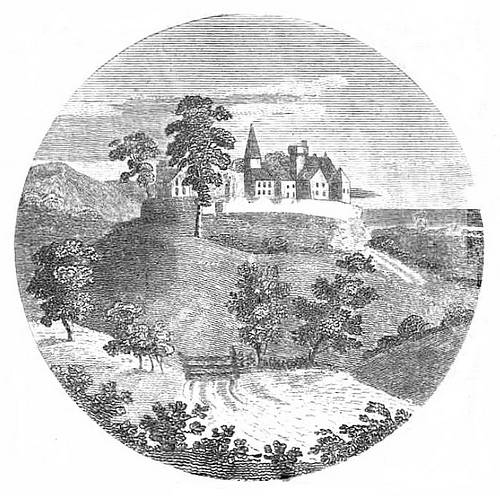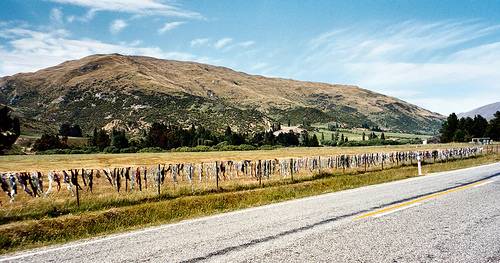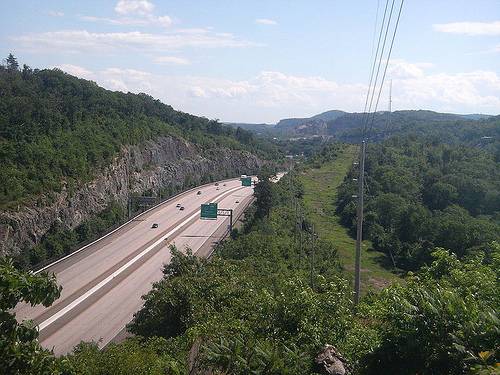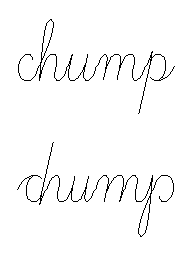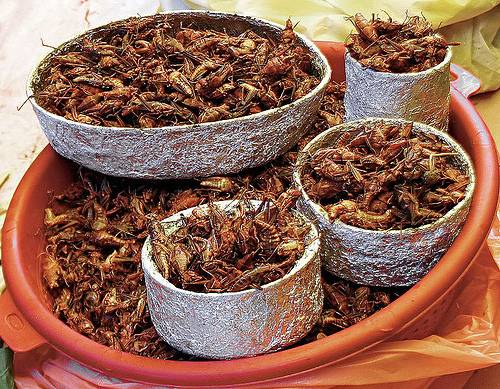
Menu proposed by Vincent M. Holst in Why Not Eat Insects? (1885):
- Slug soup
- Boiled cod with snail sauce
- Wasp grubs fried in the comb
- Moths sauteed in butter
- Braised beef with caterpillars
- New carrots with wireworm sauce
- Gooseberry cream with sawflies
- Deviled chafer grubs
- Stag beetle larvae on toast
“Why on earth should these creatures be called loathsome, which, as a matter of fact, are not loathsome in any way, and, indeed, are in every way more fitted for human food than many of the so-called delicacies now highly prized?”
He has a point — viewed as livestock, house crickets convert energy to protein about 20 times more efficiently than beef cattle.

